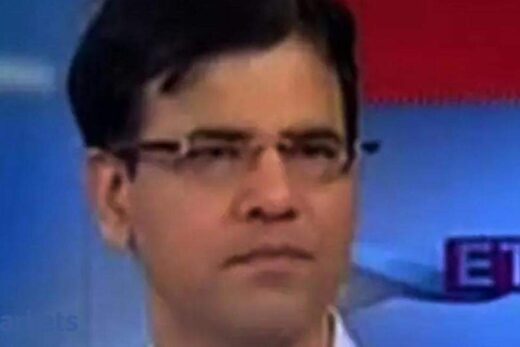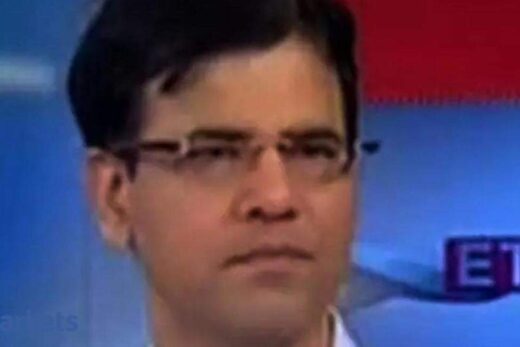The US Fed held steady on interest rates and rebuffed market’s fears of an inflation spiral. Powell and other members of the rate-setting panel stuck to their stance of no interest rate hikes till the end of 2023 and said that any inflation spike in the coming months will be transient.
To back its determination to keep monetary policy accommodative, the US Fed also hiked the limit for overnight reverse repo auction exposure to $80 billion from $30 billion earlier to assuage the mayhem in the US Treasury bond market.
Yet the market does not seem convinced.
Sensex has now sunk over 2,300 points in five sessions and is inching closer towards its first technical correction since the crash of last March caused by the COVID-19 pandemic.
Here are the major factors driving the skittishness in Indian equity market:
Bond market revolt
The US 10-year Treasury bond yield surged to as high as 1.72 per cent earlier today despite the dovish tone of the US Federal Reserve in what can be termed as a revolt by bond traders against the Fed’s policy stance. Money managers have suggested that a spike in US 10-year bond yields to 2 per cent will unleash chaos in global financial markets that are anyways quoting rich valuations.
The tantrum in the US bond market was also reflected in the Indian market as well as the 10-year government bond yields surged past the crucial psychological level of 6.2 per cent.
Second wave fears
The surging COVID-19 cases around the country has sparked fears of a second wave of the pandemic hitting India in the coming weeks that may hamper the recovery of the economy from its first-ever technical recession in several decades. Comments by politicians about localised lockdown will hurt mobility and may force investors to downgrade their earnings and growth expectations in the coming days.
Vaccine frustration
Reports that a significant amount of COVID-19 vaccinations in India may be wasted due to lower off-take and a slower-than-expected rollout by the government has also sparked concerns that the country may not be able to achieve herd immunity as soon as expected earlier. Nomura said that it expects 30 per cent of India’s population to be inoculated by 2021-end, but at current pace of vaccination the phase-1 rollout may not be finished till next year.
Margins concerns
The surging commodity prices across the world as captured in the Wholesale Price Inflation in February has resulted in analysts cautioning investors that operating margins of companies may come under pressure as moderate demand conditions inhibit price increases in several sectors. Surging product prices at a time when demand is yet to fully recover from the COVID-19 shock will undermine corporate profits going ahead, said analysts.



